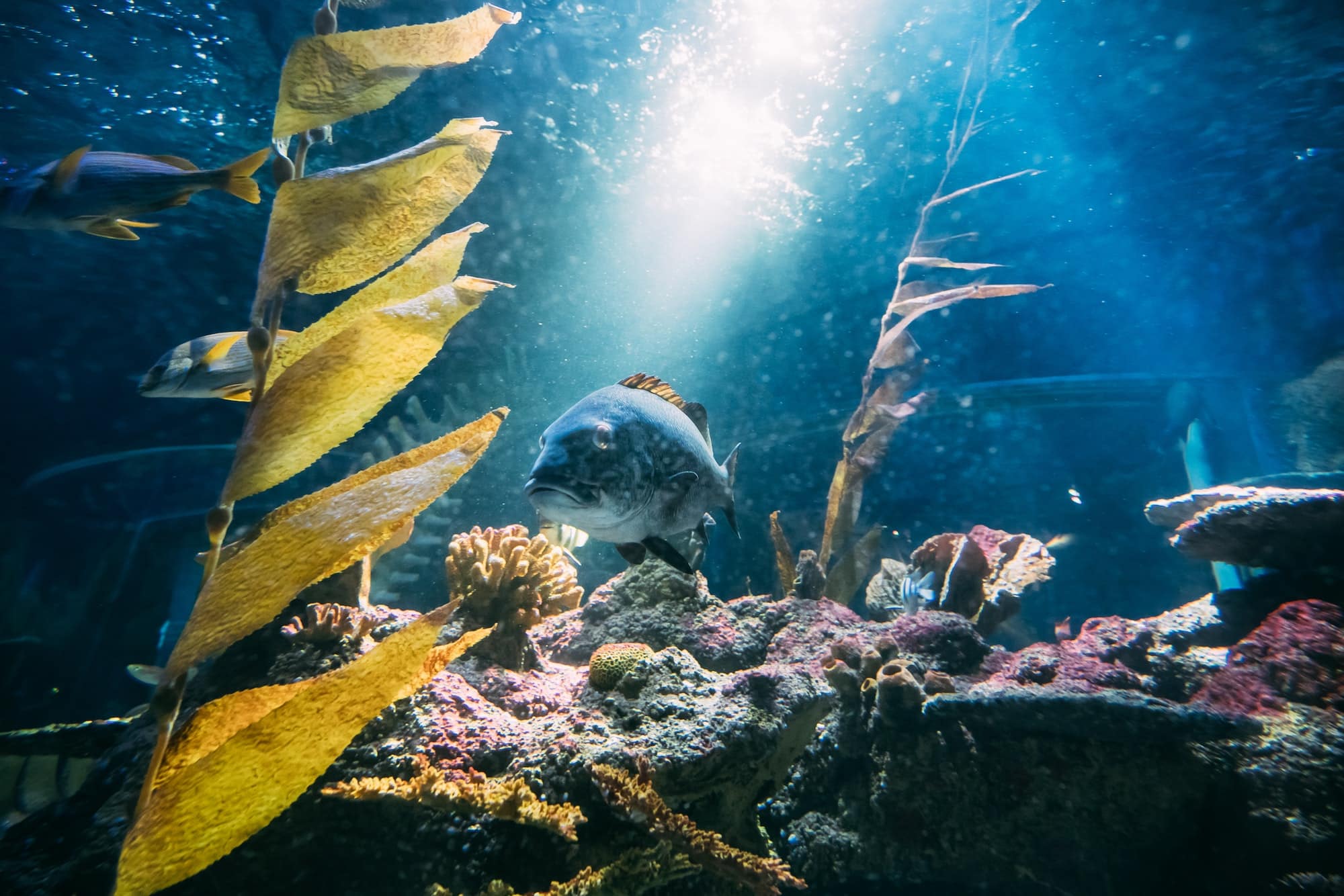What Are the Optimal Aquarium Conditions for Breeding Neon Tetras?

Neon Tetras, or simply Tetras, are small tropical freshwater fish known for their vibrant colors and peaceful demeanor. They are a popular choice for aquarium hobbyists worldwide due to their striking neon blue and red colors, which can add a splash of sparkle to any fish tank. Yet, beyond their aesthetic appeal, these petite swimmers offer a fascinating challenge to breed. Although they’re not the easiest fish to breed in captivity, with the right conditions and care, one can successfully breed Tetras. In this article, we will guide you through the optimal aquarium conditions for breeding Neon Tetras.
Water Conditions for Neon Tetra Breeding
The first important step towards successful Tetra breeding is to ensure the water conditions in your aquarium are optimal. Tetras are known to prefer soft, slightly acidic water for breeding. This environment mimics their natural habitat in the Amazon River, which contributes to their well-being and encourages breeding behavior.
Cela peut vous intéresser : What’s the Best Way to Manage a Multi-Cat Household to Reduce Stress and Conflict?
To maintain the right water conditions, aim for a pH between 6.0 and 6.5 and a water hardness of less than 10 dGH. The temperature should be kept between 72°F and 76°F (22°C – 24°C). Regular water changes are also essential to keep nitrate levels low, as high nitrate concentration can be harmful to Tetras, especially to their eggs and fry.
It’s also crucial to monitor the water quality frequently. Test the water for ammonia, nitrite, and nitrate levels regularly. High levels of these substances can cause stress to your Tetras, suppressing their breeding behavior.
A lire également : How to Choose the Right Harness for a Brachycephalic Dog Breed Like a Pug?
Creating a Breeding Tank for Tetras
In addition to maintaining the right water conditions, setting up a suitable breeding tank is equally important. Ideally, a separate breeding tank should be used instead of the main aquarium to provide the best environment for the fish, their eggs, and fry.
When choosing a tank for breeding, a smaller aquarium of about 10 gallons will suffice. Tetras are not a large species of fish, so a huge tank isn’t necessary. A smaller tank also has the advantage of being easier to keep clean and control.
Dark substrate and subdued lighting in the breeding tank can make Tetras more comfortable and encourage spawning. Use fine-grain gravel or sand as the substrate to mimic their natural environment.
Live plants or spawning mops can be placed in the tank for the Tetras to lay their eggs. Java moss or other fine-leafed plants are excellent choices as they provide safe hiding places for the eggs, protecting them from being eaten by other fish.
Breeding Pair Selection and Conditioning
Selecting and conditioning a healthy pair of Tetras is an important part of the breeding process. A well-conditioned, mature pair increases the chances of a successful spawn.
Choose a male and a female Tetra that are healthy, active, and vibrant in color. The female should have a fuller body, indicating she is full of eggs, while the male should be slender and more intensely colored.
Once you’ve identified a pair, begin conditioning them for breeding by providing a high-quality, varied diet. Live or frozen foods such as brine shrimp or bloodworms are ideal. This diet will provide the necessary nutrition for the Tetras to produce healthy eggs and sperm.
Tetra Spawning and Egg Care
After conditioning, the Tetras are ready for spawning. The female will lay her eggs on the surfaces of plants or the substrate, where the male will fertilize them. This process usually occurs early in the morning, under dim light conditions.
Once the eggs have been laid and fertilized, it’s important to remove the adult Tetras from the breeding tank. Adult Tetras, like many fish species, tend to eat their own eggs, so removing them will increase the survival rate of the fry.
The eggs will hatch in about 24 hours, and the fry will begin to swim freely after five days. During this time, maintain a stable environment in the tank by limiting light exposure and avoiding water changes.
Feeding and Caring for Tetra Fry
Caring for the Tetra fry involves providing them with appropriate nutrition and maintaining their habitat. Fry are tiny and have small mouths, so they require a diet of microscopic foods. Infusoria, newly hatched brine shrimp, and commercial fry foods are all suitable options.
As the fry grow, they will gradually be able to eat larger food. It’s essential to monitor their growth and adjust their diet accordingly. Regular water changes are also necessary to keep the water fresh and clean, enhancing the survival and health of the fry.
In summary, breeding Neon Tetras can be a challenging but rewarding endeavor. While it requires careful attention to water conditions, tank setup, and fry care, the sight of new life flourishing in your aquarium will undoubtedly bring immense satisfaction. So, if you’re looking to take your aquarium hobby to the next level, consider the detailed steps in breeding these little neon gems.
Recognising and Managing Neon Tetra Diseases
Once you’ve successfully bred Neon Tetras, ensuring their well-being becomes crucial. One challenge is to recognize and manage certain diseases that can affect these fish. A significant part of their care involves keeping an eye out for signs of illness and responding promptly to any changes in their behavior or appearance.
Unfortunately, neon tetras are susceptible to a few diseases, such as Neon Tetra Disease (NTD) and Ich. NTD is caused by a parasitic protozoan and can lead to restlessness, loss of color, and difficulty swimming. Ich, on the other hand, is a common fish disease that manifests as white spots on the fish’s body and is caused by a different type of parasite.
To prevent these diseases, maintain optimal water conditions at all times. A sudden change in water parameters can stress the Tetras, making them more susceptible to diseases. Regular water testing and changes help maintain a healthy environment for your Tetras.
If your Neon Tetras do get sick, it’s important to take action immediately. Quarantine the affected fish to avoid infecting others. Consult a vet or an aquarist expert for appropriate treatment options. Regular monitoring and prompt action can reduce the chances of an outbreak and ensure the health of your fish.
Neon Tetra Tank Mates
Neon Tetras are known for their peaceful demeanor, making them a great addition to any community tank. However, choosing the right tank mates for Neon Tetras is essential to maintain peace and harmony in your aquarium.
When selecting tank mates, consider the size, temperament, and water parameters required by other fish species. Neon tetras are small and prefer slow moving waters, so it’s best to avoid larger, more aggressive fish that can stress or harm the Tetras.
Good tank mates for Neon Tetras include other Tetra species, Guppies, Danios, and Corydoras Catfish. All these fish are generally peaceful, thrive in similar water conditions, and don’t pose a threat to the Tetras.
However, always monitor the interactions between your Tetras and their tank mates. Each fish has a unique personality, and conflicts can arise unexpectedly.
Conclusion
Breeding Neon Tetras is indeed a fascinating and rewarding task. It takes you on a journey through the exotic world of this vibrant fish species. From setting up the perfect breeding tank to ensuring the survival and growth of the Tetra fry, every stage of this process offers a unique challenge.
However, with proper care, consistent monitoring of water conditions, selection of healthy breeding pairs, and efficient management of potential diseases, breeding Neon Tetras can be a highly successful endeavor. Moreover, the addition of carefully chosen tank mates can further enhance the thriving community in your aquarium.
Whether you are a novice aquarist or a seasoned hobbyist, breeding Neon Tetras can elevate your aquarium experience to a whole new level. So, gear up, dive into this aquatic adventure, and don’t forget to enjoy every moment of this mesmerizing journey with your neon little friends.
